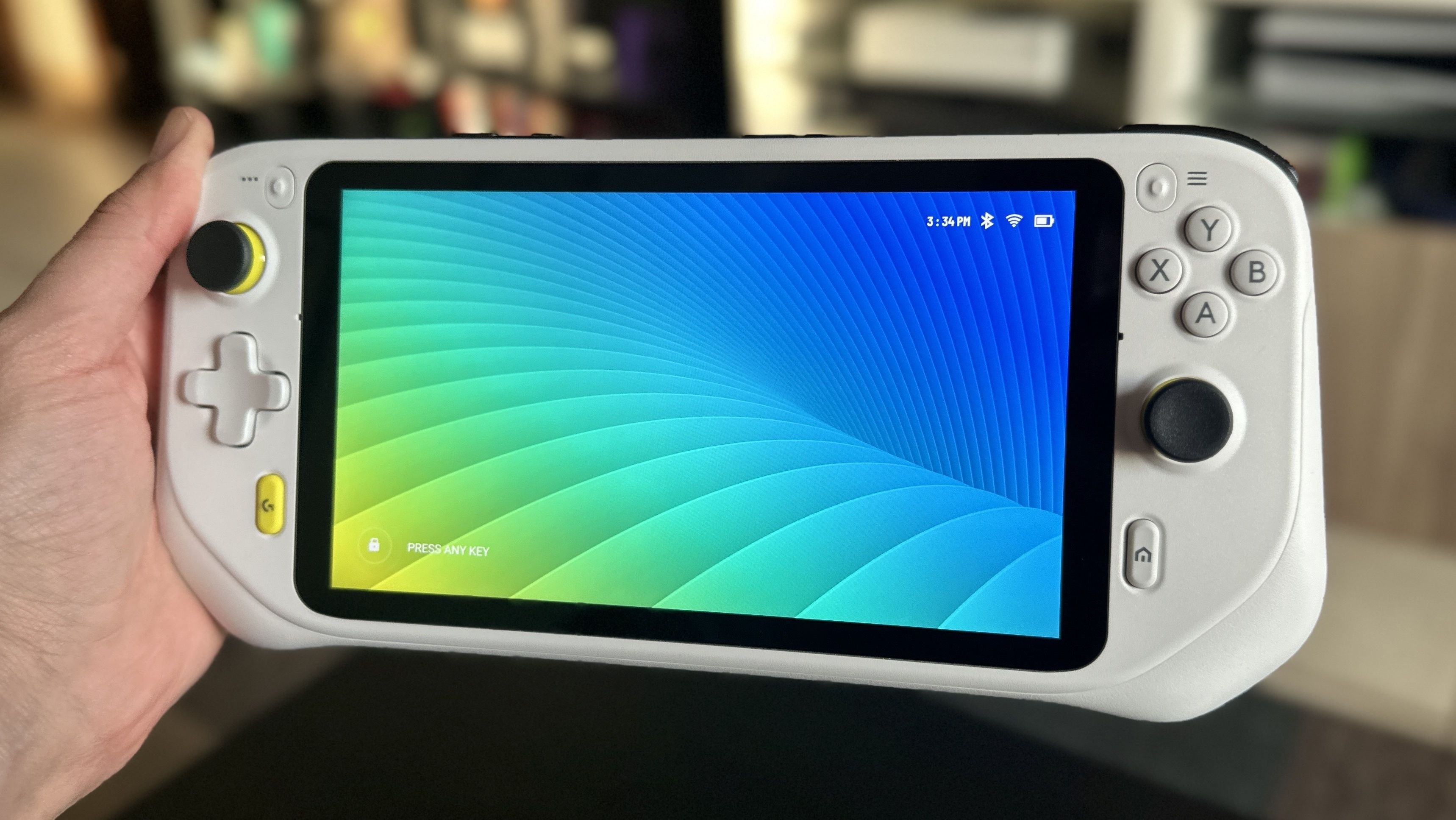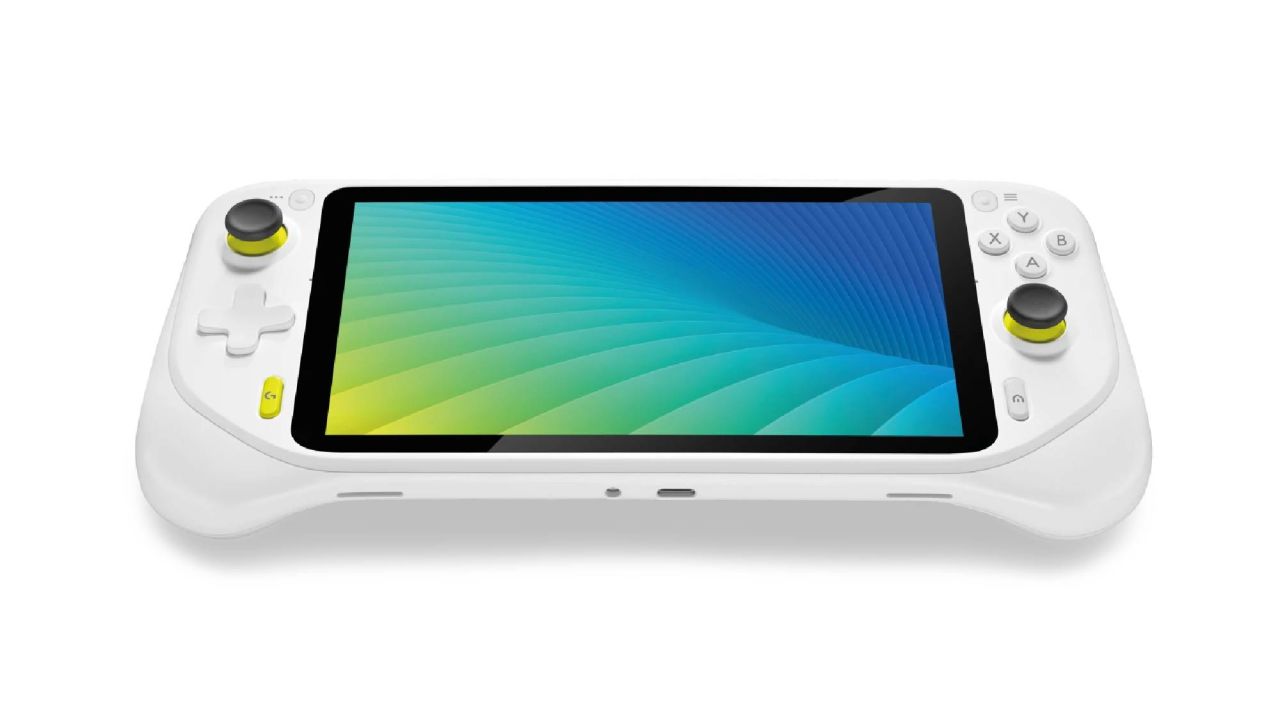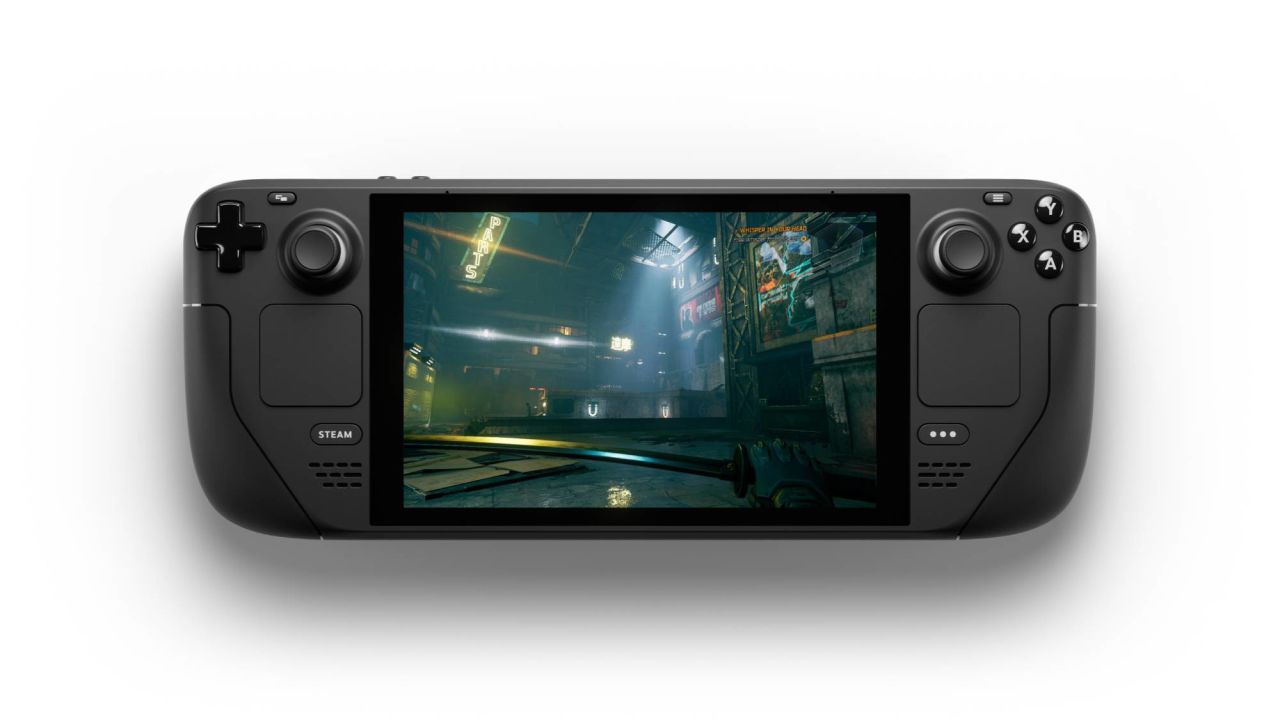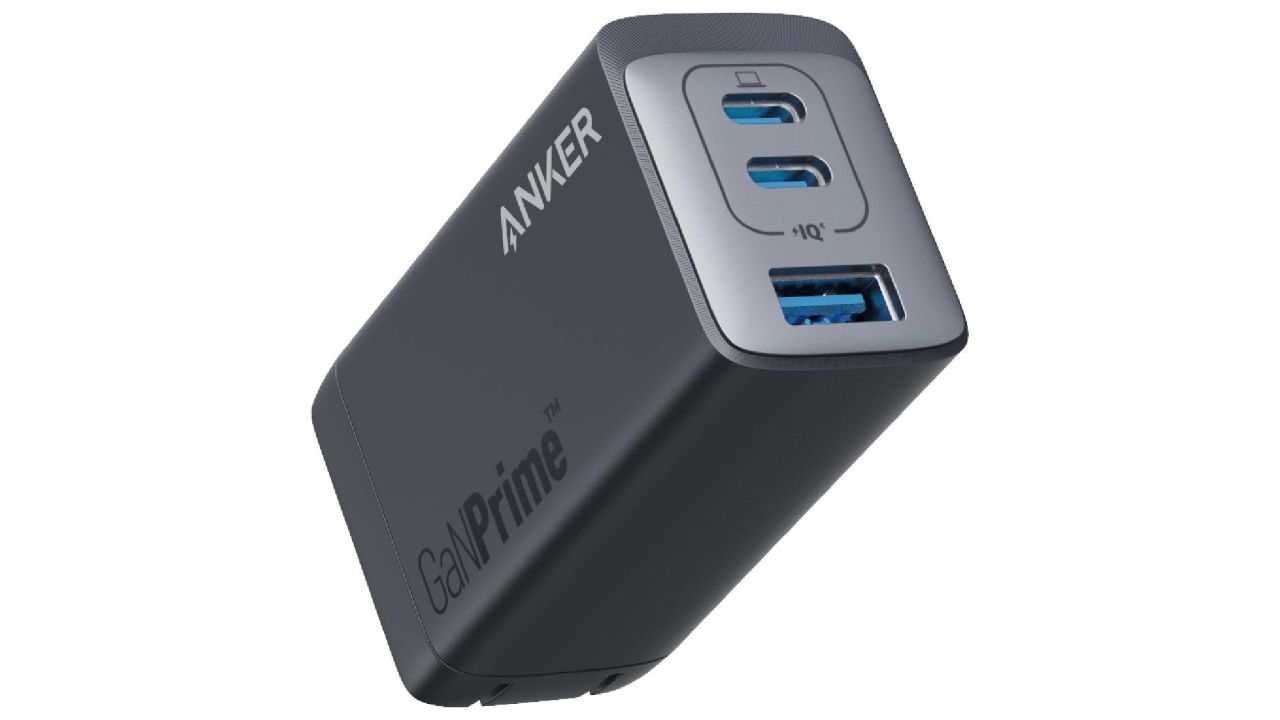Cloud gaming has democratized the way we play video games — instead of having to shell out hundreds (or thousands) on a fancy console or PC, you can just stream the latest blockbusters to the phone, laptop or tablet you already own. But what if there were a device designed specifically for cloud gaming, combining the high-quality design of a Nintendo Switch with the flexibility to play thousands of different games without long downloads and pesky updates? That’s where the Logitech G Cloud comes in.
Logitech’s unique handheld is a great way to play the troves of titles on services like Xbox Game Pass, Amazon Luna and Nvidia GeForce Now, offering comfortable, responsive controls, a colorful screen and good battery life. It’s also a full-blown Android device, making it perfect for downloading games from the Play Store or bingeing on movies in bed.
But with a price that goes as high as $350 — and with so many other ways to play games from the cloud — is the Logitech G Cloud actually worth it? Here’s what I think after several weeks and many hours of gaming.
The Logitech G Cloud is a great way to play games from services like Xbox Game Pass and Nvidia GeForce Now, and it doubles as a full-on Android tablet. But it's also expensive, and there are cheaper ways to get in on the cloud gaming craze.
What we liked about it
The hardware feels great (and the software isn’t bad either)
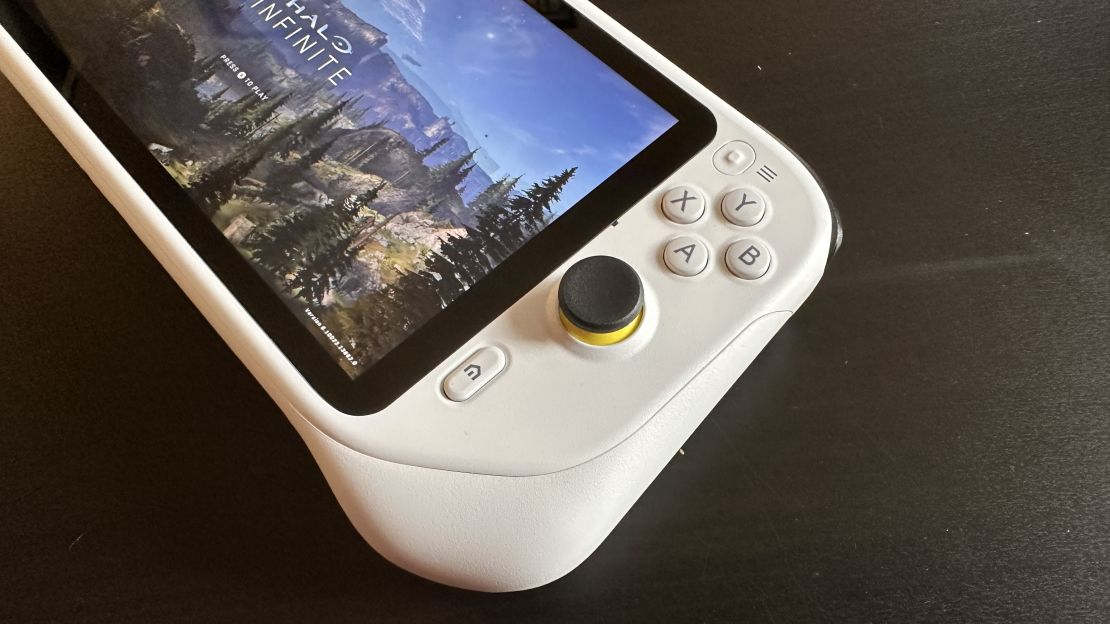
If there’s one area where the Logitech G Cloud succeeds unequivocally, it’s the design. Logitech’s portable gaming machine feels like a hybrid of the Nintendo Switch and Valve Steam Deck, borrowing the same sleek size as the former while adopting the more substantial, console-like controls of the latter. Its smooth directional pad, satisfyingly deep triggers and large face buttons offer more comfort and precision than what you’ll find on Nintendo’s console, while its compact and familiar layout make it easier to get used to than the somewhat awkward, lumbering Steam Deck. This is a lightweight device that simply looks and feels great, and one that was largely comfortable to use throughout long hours of playing everything from frenetic action games to high-speed racers.
The G Cloud’s great design is complemented by its intuitive software, which is a custom version of Android 11 that provides the same kind of controller-friendly interface you’d find on a traditional console. Apps like Xbox Cloud Gaming, GeForce Now and Steam Link come preinstalled (as do the standard suite of Google services like Chrome and YouTube), and you’ve got full access to the Google Play Store for adding as many Android games and apps as you’d like.
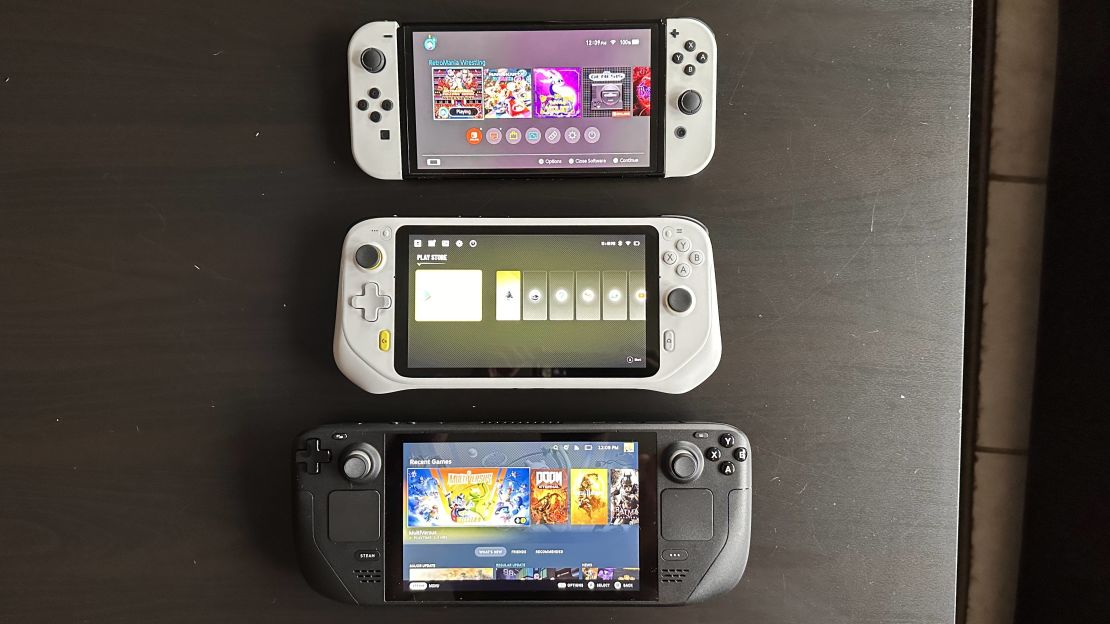
There are a lot of commonplace but nonetheless useful features here, such as the ability to hold down the home button to quickly adjust brightness and volume as well as a dedicated Logitech button that opens the main menu in most of the system’s compatible cloud gaming apps. You can also fully remap every button on the device, which is a nice boon for accessibility, and simply great for folks who like using unconventional control schemes.
Access to tons of games
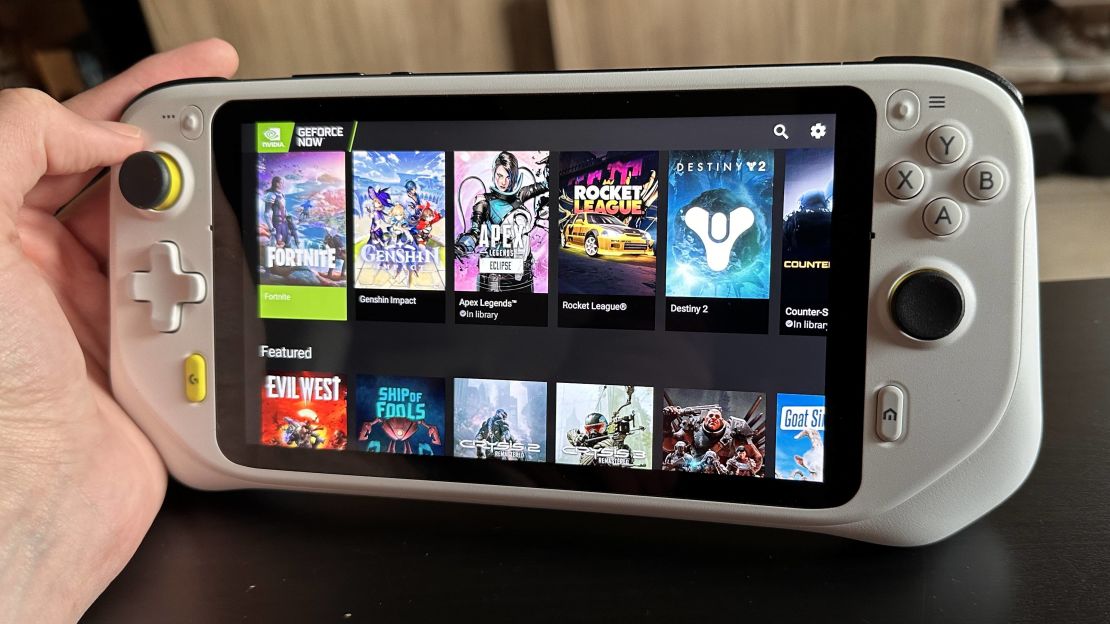
A great console is useless without great games, and fortunately, the G Cloud has access to tons of ’em. Logitech’s handheld lets you tap into the hundreds of games available on cloud services, stream games from your PC via Steam Link and download and play the hundreds of thousands of titles available on the Google Play Store. That all adds up to a near endless buffet of games ranging from huge blockbusters to must-play indies, many of which you may own or be subscribed to already.
The G Cloud is primarily built for use with game streaming services like Xbox Game Pass, Nvidia GeForce Now and Amazon Luna, and you’ll enjoy a massive selection if you’re subscribed to even just one of them. Xbox Game Pass Ultimate is the subscription I’d point most G Cloud owners to, as you get access to hundreds of games — including Microsoft’s entire first-party catalog (which means all of the Halo, Forza and Gears of War games) as well as tons of big hits from franchises like Star Wars, Madden and Battlefield for $15 per month. Amazon Luna works similarly, offering a solid selection headlined by big names like Resident Evil, Control and Assassin’s Creed at various price tiers (including free games for Prime members).
Nvidia GeForce Now is a bit of a different beast, allowing you to stream games you own from marketplaces like Steam, Epic Games Store and Ubisoft — though you can also access a good amount of free-to-play games, such as Fortnite and Rocket League. Think of it as a powerful PC in the cloud that you bring your own games to. The service itself has a free tier, though you’ll have to pay $10 to $20 per month if you want benefits like better graphics and longer play sessions.
Don’t feel like paying a monthly subscription? The G Cloud also works with the Xbox, PlayStation Remote Play and Steam Link apps, allowing you to stream whatever games you have installed on your console or PC. There’s also the trove of free and paid games available in the Google Play Store, including hits like Genshin Impact and Asphalt 9: Legends. You really have a ton of flexibility here whether you’re looking to stream your existing game collection remotely or just want a Netflix-style subscription, though folks who are already invested in one of the above ecosystems will get the most out of the G Cloud.
(Mostly) smooth performance
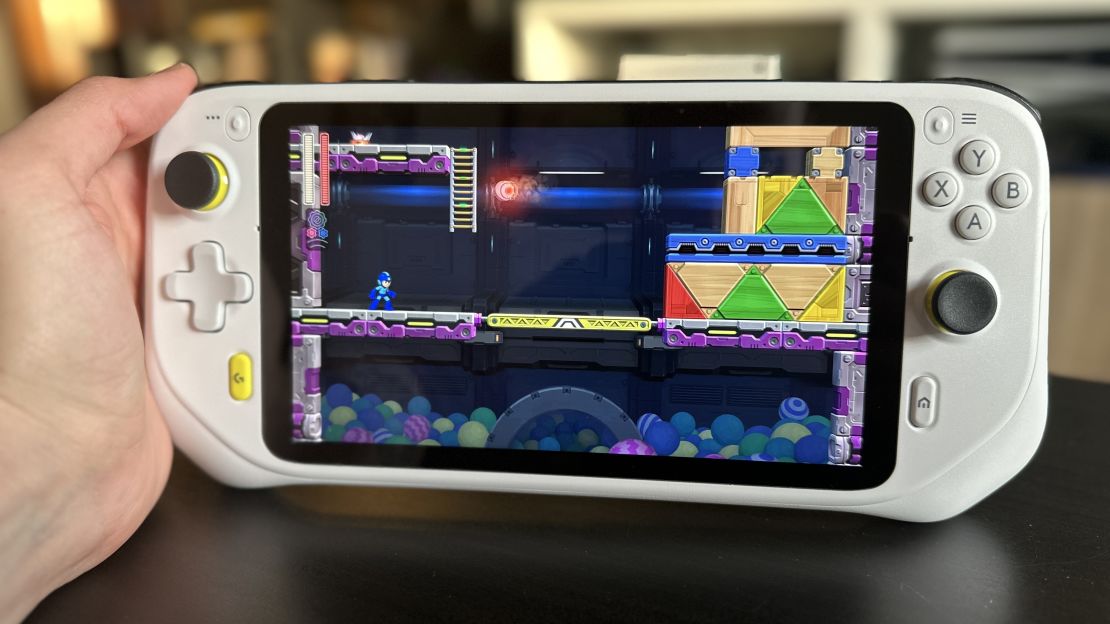
I spent the majority of my time with G Cloud in, well, the cloud, and when everything worked, it felt magical. From zip-lining across a massive battlefield in Halo Infinite to slicing down troves of demons in Vampire Survivors, there were moments when the system’s excellent controls and smooth performance made me forget that I was streaming these games from the internet. The handheld’s Snapdragon 720G processor also proved plenty powerful for playing the latest Android games locally, as titles like Diablo Immortal and Rocket League Sideswipe ran without a hitch and worked instantly with the system’s built-in controls.
Games had a nice colorful pop to them on the device’s 7-inch 1080p display (complete with a smooth enough 60Hz refresh rate), and the built-in speakers were perfectly loud enough to hear the action clearly. Logitech claims that you’ll get more than 12 hours of battery life out of the G Cloud, which lines up with the fact that I barely had to charge it.
I did run into some hiccups with both cloud-based and Android games that I’ll get more into below, but ultimately, it’s hard not to marvel at the sheer amount of games the G Cloud can play — especially since they run pretty well most of the time.
What we didn’t like about it
You’re at the mercy of the cloud

As I mentioned above, playing games on the Logitech G Cloud feels great — when everything works. Just like on any cloud gaming device (be it your phone, laptop or even TV), your game streaming experience is ultimately at the mercy of whatever Wi-Fi network you’re connected to. Even as someone who gets decent speeds at home, I had mixed results — for every buttery-smooth Fortnite session, there was a round of Mortal Kombat where I could barely get my combos off, or a laggy Need for Speed race where I struggled to make sharp turns. A game like Metal: Hellsinger, which is all about attacking enemies to the beat of music, was pretty much impossible to play optimally.
And while most Android games worked well out of the box, titles like Call of Duty: Mobile didn’t recognize the G Cloud’s built-in controls — forcing me awkwardly to thumb around the game’s on-screen touch inputs. Also, this system isn’t ideal for playing vertically oriented games like Mario Kart Tour or Marvel Snap, as you’ll have to hold it at an awkward angle as you swipe away at the screen. Finally, there’s no cellular support, meaning that unless you’re playing downloaded Android titles, you won’t get much use out of the G Cloud when you’re outside of a Wi-Fi network.
None of these things are deal breakers, but they are worth keeping in mind — especially considering how much the G Cloud costs.
It’s very expensive

The Logitech G Cloud costs $350, though it’s currently on sale for $300 through the holidays. Either way, it’s very pricey for a system whose main purpose is to stream games from the cloud — something you can already do on pretty much any device you own. The $100 Backbone One, which turns your phone into a mini gaming console with its intuitive snap-on controls, provides a similar experience for a fraction of the price. This kind of setup has its drawbacks (you’ll be playing on a smaller screen, draining your phone’s battery, and you may have to deal with distracting notifications), but it’s also much more affordable.
For just $50 more than the price of the G Cloud, you can pick up a $399 Valve Steam Deck, which is a true portable gaming PC that can run thousands of Steam Deck games locally — not to mention all of the big cloud gaming services via a web browser. It’s bigger, it’s bulkier and you’ll realistically want to spring for the $529 version that has a faster 256GB solid-state drive (SSD), but the Steam Deck offers the better experience for PC gamers who want to play on the go with minimal compromises. And unlike most other handhelds, it even comes with a carrying case!
There’s also no ignoring the fact that the G Cloud costs the same as the Nintendo Switch OLED, which, for our money, is the best portable console you can buy. It has a superior OLED display, a fantastic selection of both Nintendo and third-party games that you can play offline and a versatile design that can connect to your TV, serve as a handheld or be propped up in tabletop mode — complete with detachable controllers — for impromptu game sessions. You’re getting a much different game selection (the Switch isn’t for you if you don’t like Nintendo games), but I think it’s the better overall machine for the money. You could also forgo the shiny OLED screen and get the cheaper $300 Nintendo Switch, or save even more on the handheld-only Switch Lite.
How it compares
| Display | 7-inch, 1920 x 1080 IPS LCD touchscreen |
7-inch, 1280 x 800 IPS LCD touchscreen |
7-inch, 1280 x 720 OLED touchscreen |
|---|---|---|---|
| Processor | Qualcomm Snapdragon 720G |
Custom AMD APU |
Nvidia Tegra X1 |
| Storage | 64GB (expandable via microSD) |
64GB / 256GB / 512GB (expandable via microSD) |
64GB (expandable via microSD) |
| Battery life (rated) | 12 hours |
2 to 8 hours |
4.5 to 9 hours |
| Size and weight | 10.11 x 4.61 x 1.3 inches, 1 pound |
11.7 x 4.6 x 1.9 inches, 1.47 pounds |
9.5 x 4 x 0.55 inches, 0.93 pounds |
| Price | $300 | From $399 | $350 |
Bottom line
Taken on its own, the Logitech G Cloud is a very good handheld console for playing cloud-based and Android games. It feels fantastic, has access to tons of games and delivers great performance in the right conditions. Sure, you can attach a cheap controller to your phone and have a similar experience, but you’ll have to constantly snap it on and off — and deal with a draining battery and annoying notifications. The G Cloud is pick-up-and-play, and distraction-free.
Still, even at its current discount price of $300, the G Cloud is hard to fully recommend to anyone who isn’t a true cloud or mobile gaming enthusiast. At its best, it’s a cheaper and more compact Steam Deck alternative, giving you access to a plethora of PC and console games from both your own library as well as any streaming services you pay for. But the G Cloud is simply too expensive for what it does, and until a more significant price drop happens, most people are better off getting the superb $100 Backbone One for their phone or going all the way with the more robust $399 Steam Deck.
